Like the popular saying goes, chess is 99% tactics. However, some tactical concepts are uncommon and might not be well-known to the average player.
Clearance is a tactical concept in which a piece obstructing a square, diagonal, or file is sacrificed or removed to enable a potential attack, allowing another piece to maneuver effectively for a stronger offensive move.
The concept of clearance as a tactical motif is a profound move that typically comes as a surprise to most players when used correctly.
It is a crucial tactical idea to include in your chess arsenal.
Understanding Clearance
Even though we all know how many squares are on a chessboard, sometimes, in crucial positions, one of your pieces typically stands on a square that a more important one would love to reach. In such a case, clearance sacrifices, or evacuation as it is sometimes referred to, remain the most preferable move on the board. In such a case, sacrificing the piece would lead to a material or a positional advantage on the board.
Example of what Clearance is
Sacrificing a pawn on the d-file to allow a rook to come in to attack an enemy king.
What Clearance might be confused with
Clearance typically occurs as a sacrifice, and as other tactical motifs may be confused with clearance, so let us take the time to differentiate some of these similar yet varying motifs.
Clearance is not a discovered attack.
A discovered attack is one where a piece vacates a file or diagonal to reveal the attack of another, such as a rook or a bishop. The difference between a clearance and a discovered attack is that a clearance is not a form of an attack itself, but it allows a later attack.
Clearance is not the removal of the defender.
Removing the defender is a tactic in which a crucial piece acting as a defender of a key square or piece is captured, leading to a positional advantage or a material gain.
When to look out for a clearance
Crucial moments when you should be on the lookout for clearance tactics include when one of your pieces is blocked by another from delivering a checkmate, winning material, or creating a powerful attack, especially when you can clear such a piece with a check or a capture.
Common Patterns
To understand clearance, it is important to explore some of the more common ways it can appear in your game so that it will be easy to spot them in your games.
Clearing a rank or file for a rook or queen
Typically, when two or more heavy pieces are aligned in a battery and are blocked in by a pawn or knight in front, it prevents a decisive blow to the opponent. A clearance is often in order in such a position.
In this position, the rook itself is the piece blocking checkmate and can be cleared off with the interesting Rh5+ leading to mate.
Opening a Diagonal for a Bishop or Queen (Battery)
This works similarly to rank or file clearance, but for a diagonal. In such positions, a bishop or queen wants to exploit a diagonal, but one of your pieces is in the way.

In this typical example, the pawn on e6 blocks the Queen’s attack on the King.
So a tactical clearance possibility can be played with Rd8+ and Bxd8 is forced.
White responds in kind with the simple e7 unleashing a discovery attack with the Queen. White is coming on top in this tactical sequence.
Clearing a Square for a Knight or Knight Discovery
A common clearance sacrifice can occur when a piece sits in a square that can be occupied by a knight for a fork, discovered attack, or even as an outpost square.
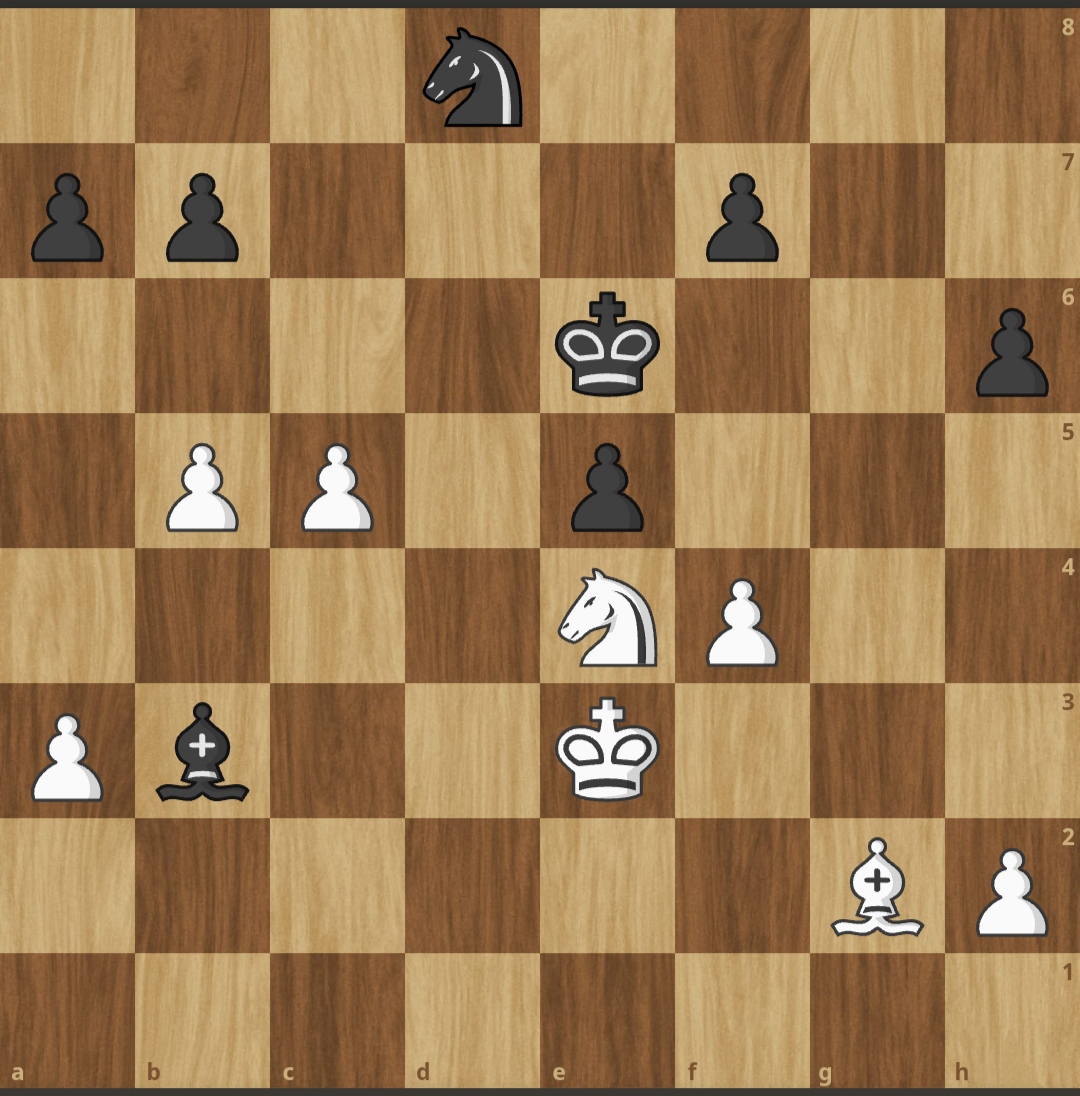
In this example, the move C6 clears the c5 square for the Knight.
Decoying a Defender to Clear a Line
Although a more complex type of clearance, this occurs when you move a piece to a square where your opponent is compelled to capture, moving away from a critical square or diagonal, clearing such a square for your attack.
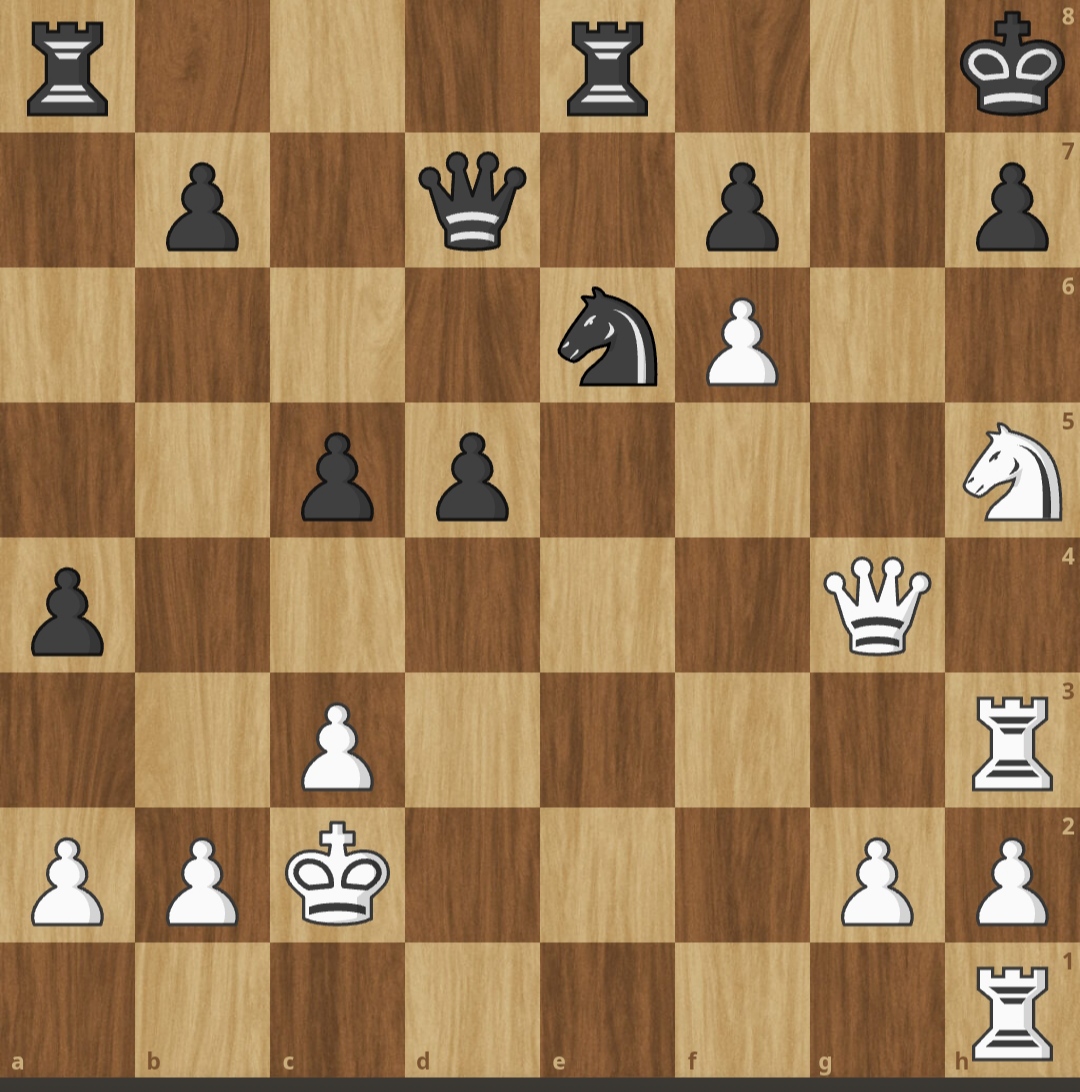
In this position, white can play the brilliant Qg7+!!.
Black is forced to respond with Nxg7 gxg7+ where on Kg8, Nf6+ is a royal dork on the king, queen and rook.
Let’s Recap
This is a lot to unload, but in all these tactical skirmishes, it is important to remember three crucial characteristics about clearance.
- Forcing Moves in Clearance: A clearance typically involves a threat, potential capture, or check that compels your opponent to react, providing you with a tempo advantage.
- Strong Follow-Up in Clearance: The cleared line or square sets the stage for a significant threat, such as checkmate, capture, or a strong positional advantage.
- Necessity of Obstruction: A clearance tactic requires obstruction by your own piece; without this element, the tactical motif does not qualify as a clearance. Your piece has to be in the way of a strong or winning idea.
Conclusion
Tactical prowess remains one of the greatest strengths of the greatest chess players of all time. So for anyone who seeks to master the chessboard, being an excellent tactician is nondebatable.
Whether it’s clearing a file for a rook, a diagonal for a queen, or a square for a knight, recognizing clearance opportunities can transform your play from solid to spectacular.
So next time you’re scanning the board for a good move, ask yourself:
Is my piece in the way of something better and brilliant?



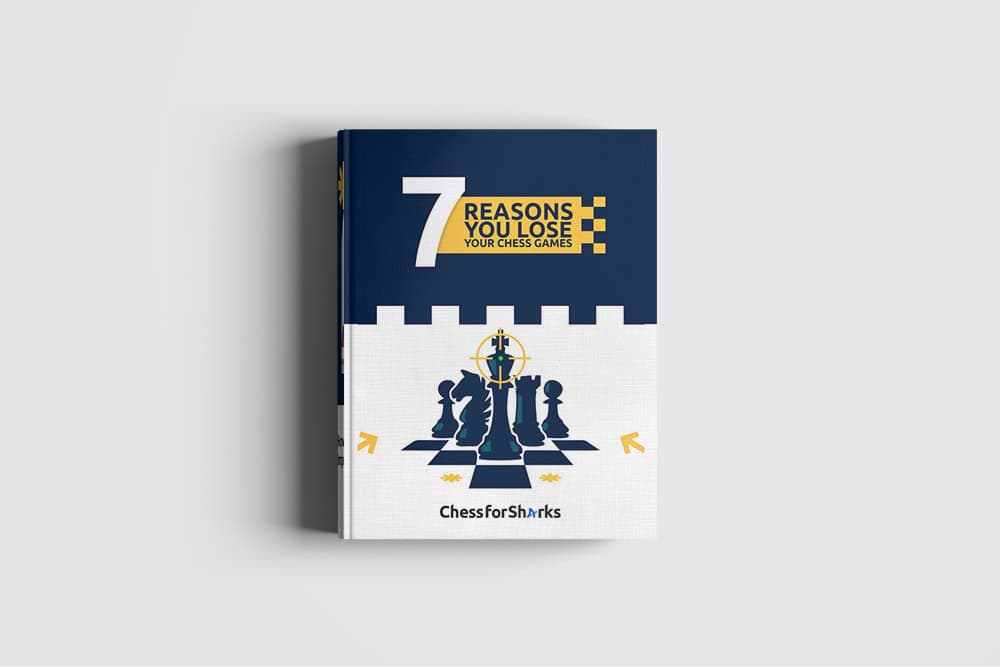
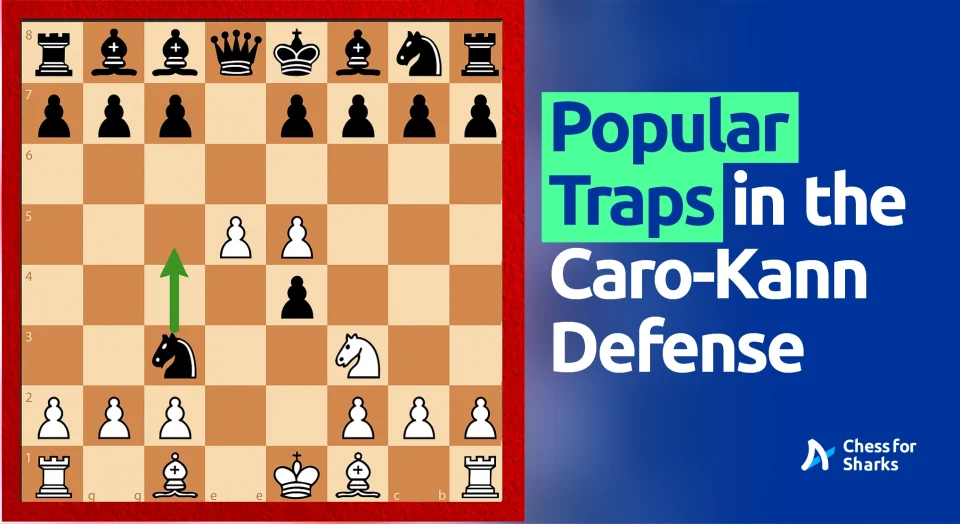
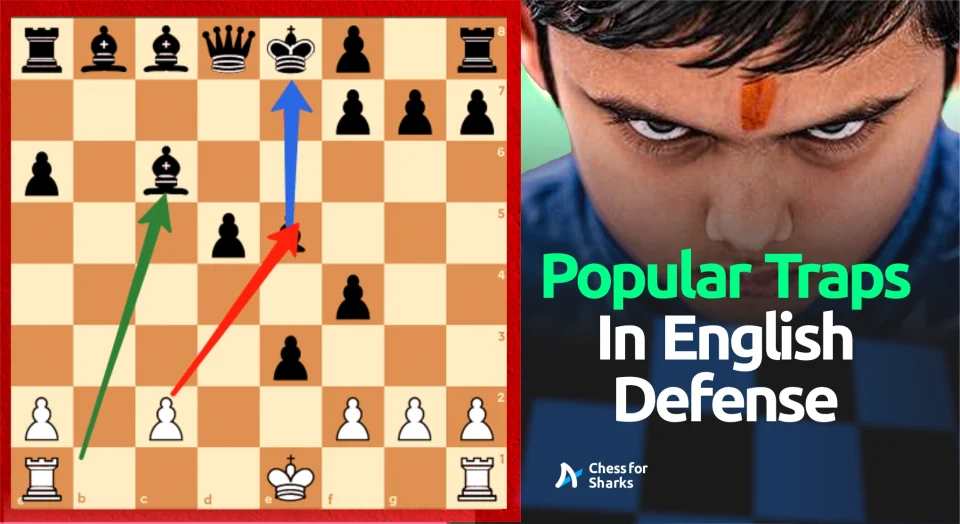
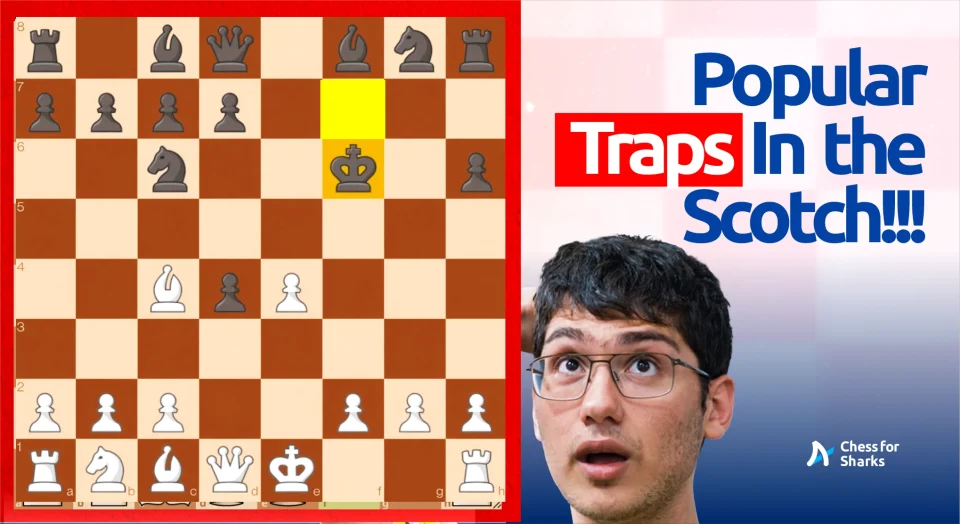
join the conversation